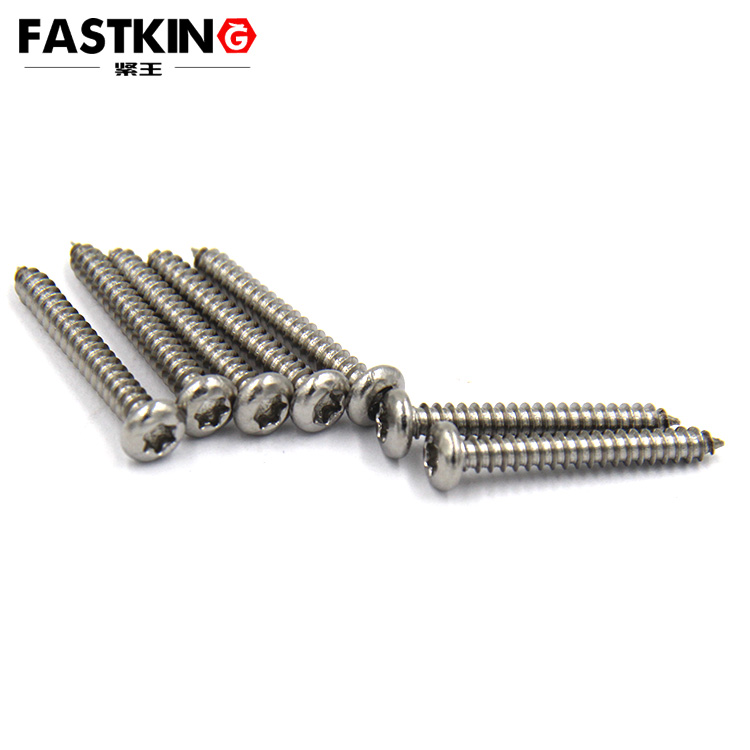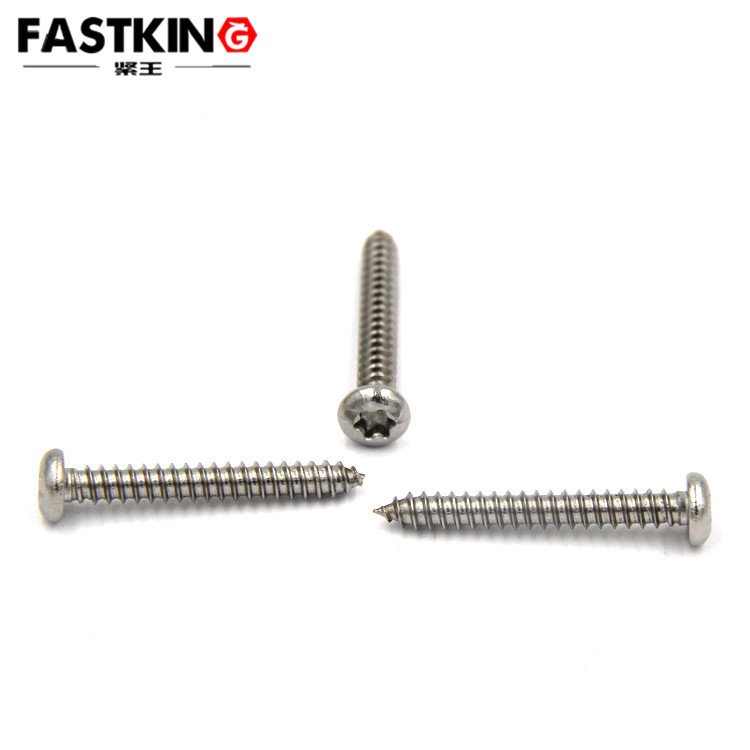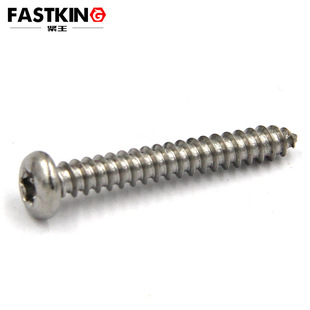- Torx screw,torx machine screw,torx self tapping screw
- sales@jlfastener.com
torx pan head self tapping screw
Torx tapping screw
torx pan head self tapping screw
- Description:In modern industrial manufacturing and assembly, efficiency, reliability, and cost control are perpetual pursuits. Across various fastening applications, the Pan Head Internal Torx Self-Drilling Self-
I. Structural Analysis: The Essence of Multifunctional Integrated Design
The name "Pan Head Internal Torx Self-Drilling Self-Tapping Screw" precisely summarizes its four core features, each designed to address specific assembly challenges:
-
Pan Head Design
The pan head features a rounded top and flat base, providing a large support surface and contact area. Unlike countersunk screws, it does not require pre-countersunk holes, reducing the precision demands of hole processing. This makes it particularly suitable for thin sheets and soft substrates. Its aesthetically pleasing shape also facilitates quick positioning and operation with manual or power tools, effectively preventing slippage or misalignment and improving assembly efficiency. -
Internal Torx Drive
The Internal Torx drive consists of a star-shaped recess that perfectly matches Torx-compatible bits, offering significant advantages over traditional slotted, Phillips, or hex drives:-
Exceptional Anti-Cam-Out Performance: Greatly reduces the risk of screw head or bit damage during tightening, especially in high-torque applications.
-
Precise Torque Transmission: Ensures highly consistent fastening quality for automated assembly, avoiding connection failures due to insufficient or excessive torque.
-
Extended Tool Life: Minimal wear during engagement significantly reduces tool replacement and maintenance costs.
-
-
Self-Drilling Point Structure
This represents a key evolution in self-tapping screw functionality. The drill-shaped tip, typically hardened and ground, enables direct drilling into materials such as steel plates, aluminum, and cast iron without pre-drilling or punching. Common standards include:-
Type BSD: Suitable for general thin steel plates.
-
Type BSD+: Enhanced version for thicker or higher-strength metals.
This design completely eliminates the drilling step, greatly simplifying production processes and making it ideal for large-scale assembly lines.
-
-
Self-Tapping Threads
After the self-drilling point completes the hole, the self-tapping threads immediately engage, cutting matching internal threads into the substrate. The threads typically feature a large pitch and deep profile, ensuring high-speed driving and excellent pull-out resistance. Additionally, the threads may be coated with a lubricant (e.g., wax) to reduce driving torque and protect thread formation quality.
II. Performance Advantages: Why Is It the Industry Preferred Choice?
-
Ultimate Assembly Efficiency
The combination of self-drilling point and self-tapping threads achieves "drilling and tapping in one step," eliminating pre-drilling, reducing tool change time, and streamlining processes. Assembly speed can increase by over 50%. For example, in sheet metal cabinet assembly, a single screw can complete drilling and fastening in 3-5 seconds. -
High Connection Strength and Reliability
The Internal Torx drive ensures precise high-torque application, resulting in highly consistent preload force and superior thread formation quality. This effectively resists vibration and loosening, with connection point fatigue life significantly exceeding that of traditional screw-nut assemblies. -
Strong Adaptability and Wide Application Range
The screw demonstrates excellent compatibility with materials ranging from low-carbon steel and aluminum alloys to plastics and composites. Surface treatments such as zinc plating (e.g., blue-white zinc, color zinc) or nickel plating provide additional corrosion protection, meeting diverse indoor and outdoor environmental needs. -
Significant Economic Benefits
Although the per-unit cost is slightly higher than that of ordinary screws, the elimination of drilling steps, reduced processes, lower labor costs, and improved yield rates collectively lead to a substantial reduction in overall workflow costs, making it particularly suitable for large-scale manufacturing enterprises.
III. Typical Application Scenarios
-
Sheet Metal Industry and Chassis/Enclosure Manufacturing: Widely used in server racks, distribution boxes, and network device housings for rapid assembly and high aesthetics.
-
Home Appliances and Electronic Devices: Securing metal casings of air conditioners, structural components of washing machines, and TV backplates, balancing efficiency and connection reliability.
-
Automotive Components and Interior Installation: Replacing traditional welding or riveting in body panels, seat frames, and interior parts to enhance maintainability and production efficiency.
-
Building Steel Structures and Roof Fixing: Used for connecting profiled steel sheets and installing C-shaped steels, enabling rapid drilling and high-strength fastening.
-
Furniture and Display Assembly: Particularly suitable for metal furniture, shelves, and retail displays that require frequent disassembly and a clean appearance.

IV. Usage Recommendations and Selection Guidelines
To achieve optimal performance, select the appropriate type based on the specific application:
-
Material Thickness and Strength: For high-strength steel thicker than 2mm, choose a self-drilling point of BSD+ grade or higher.
-
Surface Treatment for Environmental Compatibility: Prioritize zinc/nickel plating for outdoor or high-humidity environments.
-
Torque Control: Use electric tools with adjustable torque, generally recommended within 4-6 N·m to avoid breakage or stripping due to over-tightening.
-
Hole Size Matching: Although pre-tapped holes are not required, pilot holes (slightly smaller than the screw’s drill point diameter) should be prepared according to standards to ensure positioning accuracy.
- PREVIOUS:torx flat head deck screw
- NEXT:Torx flat head self tapping screw


